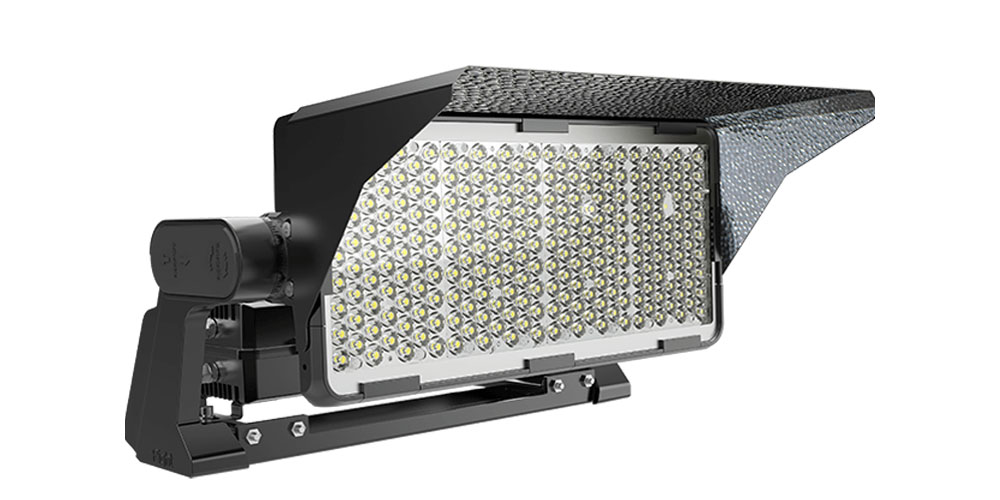Sports arenas featuring fast player action, miniature playing objects like cricket balls, and a long-distance for spectator viewing mean a high lighting level is required. Conversely, more giant balls, slower speeds, and shorter distances require significantly fewer lighting levels. On the outside, exterior led sports field lighting is utilized to achieve high-level coverage of events. The LED lighting options are preferred because they are safe, provide bright light, reduce energy costs, and consume even less electricity than standard lighting options. Let’s focus on a short history of LED lighting.
A short history of LED lighting
Light-emitting diodes are the most efficient technology currently available for exterior LED sports field lighting. As a solid-state lighting system, LED works by semi-conductor converting electricity to light in a small area (1 square millimeter or less). Most LED lamps contain multiple light-emitting diodes, which produce light in one direction, eliminating the need for reflectors and diffusers.
To understand LED lighting, one has to appreciate the progressive development of LED lights and electroluminescence. Henry Joseph Round first noticed this occurrence in 1907. By 1920, Robert Pohl and Bernhard Gudden used zinc sulfide combined with copper to recreate electroluminescence. The shortcoming was that the light was too dim to be of any practical use.
In 1961, Gary Pittman and Robert Biard created an infra-red LED during their time at Texas Instruments. Consumers could not put this light to use because it was invisible to the human eye. The invention was an accident since Gary and Robert were working on laser diodes.
Nick Holonyak finally created an LED that could generate visible red light during his time at General Electric. He is, therefore, officially known as the father of the light-emitting diode. LED lighting in the early years used Gallium Phosphide as the substrate to increase efficiency and produce brighter red hues. In later years, orange LEDs came into mass production.
By 1972, George Crawford working at Monstanto used double Gallium Phosphide chips (green and red) to craft LEDs that could emit yellow light, albeit pale. This made Monsanto the first company to mass-produce LED lights. By the end of that decade, Crawford had created an LED that was almost ten times brighter than all the previous versions.
The mid-1970s saw scientists used Gallium Phosphide to create green light LEDs. The early 80s saw the rise in popularity of super bright LEDs that were yellow, green, and bright red. By 1994, Shuji Nakamura had invented blue LEDs using Gallium Nitride, followed by green LEDs and high-intensity blue varieties.
At this point, the US Department of Energy chipped in to encourage white LED light. This was prompted by a need for business people to light up their premises with cost-effective solutions. This essentially means that today’s LED sports field lighting is up to seven times more efficient than incandescent lighting options.
Conclusion
LED technology is applied extensively in residential, commercial, and industrial settings. This has led to the adoption of warranties, government programs and standards, and enhanced industry best practices.

